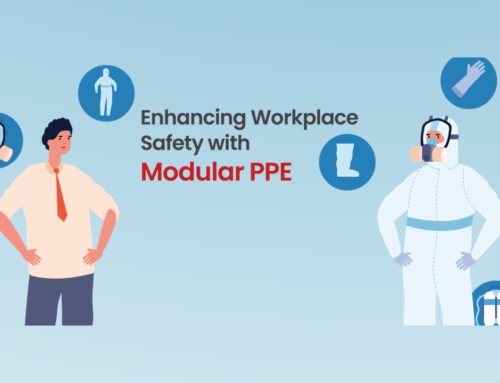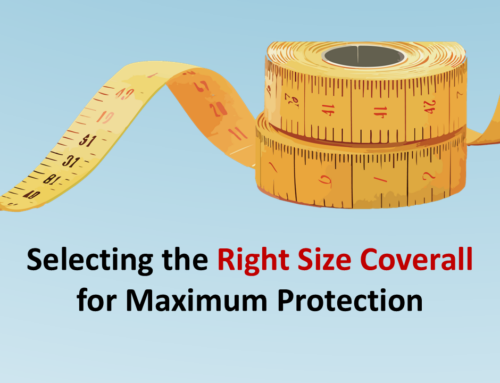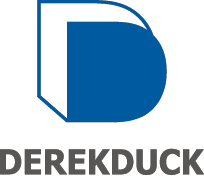How to Test
Additional Standards


It contains 5 different tests for different biohazard scenario.

| Performance requirement | Description |
|---|---|
| ISO 16603 | Resistance to penetration by blood and body fluids |
| ISO 16604 | Resistance to penetration by blood borne pathogens using Phi-X174 bacteriophage |
| ISO/DIS 22611 | Resistance to penetration of biologically contaminated aerosols (Staphylococcus aureus) |
| ISO 22612 | Resistance to dry microbial penetration (Bacillus subtilis) |
| ISO 22610 | Resistance to wet microbial penetration (Staphylococcus aureus) |

An electrostatic dissipating material must meet at least one of requirements:
Surface resistivity equal or less than 2.5 x 109 Ω

Half decay time < 4s or shielding factor S>0.2

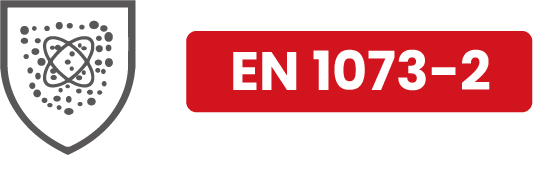

- The standard was developed with nuclear industry and follows the same test method with Type 5 – EN ISO 13982-2 but different criteria.
- Does not provide protection against ionizing radiation.
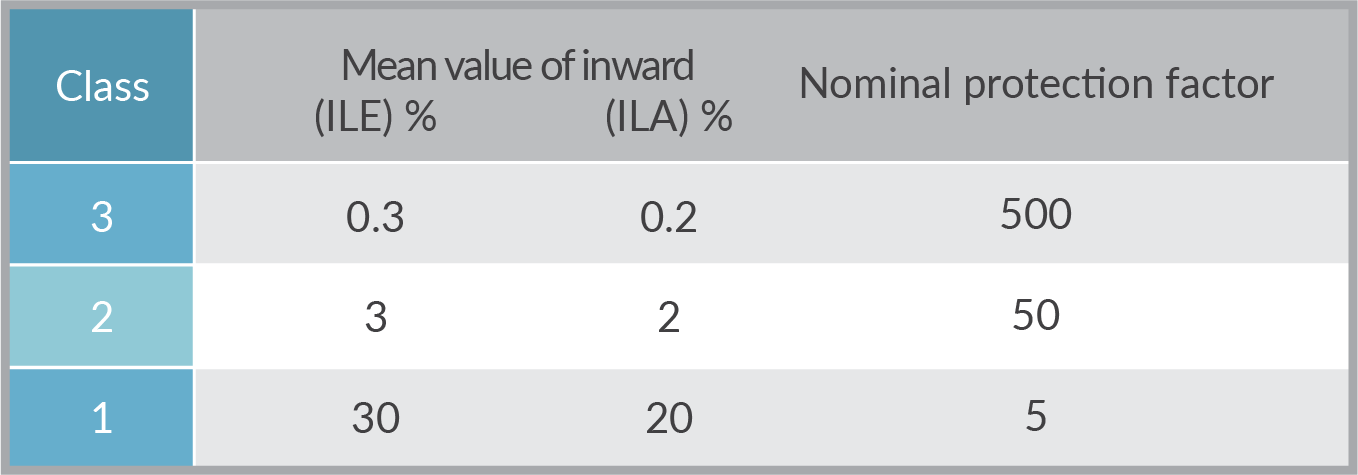

- The burner is placed perpendicular to the fabric surface and applied for 10 seconds.
- Index 1 requires no flaming to any edges, no flaming debris and no afterglow spread, and a hole formation is allowed.


